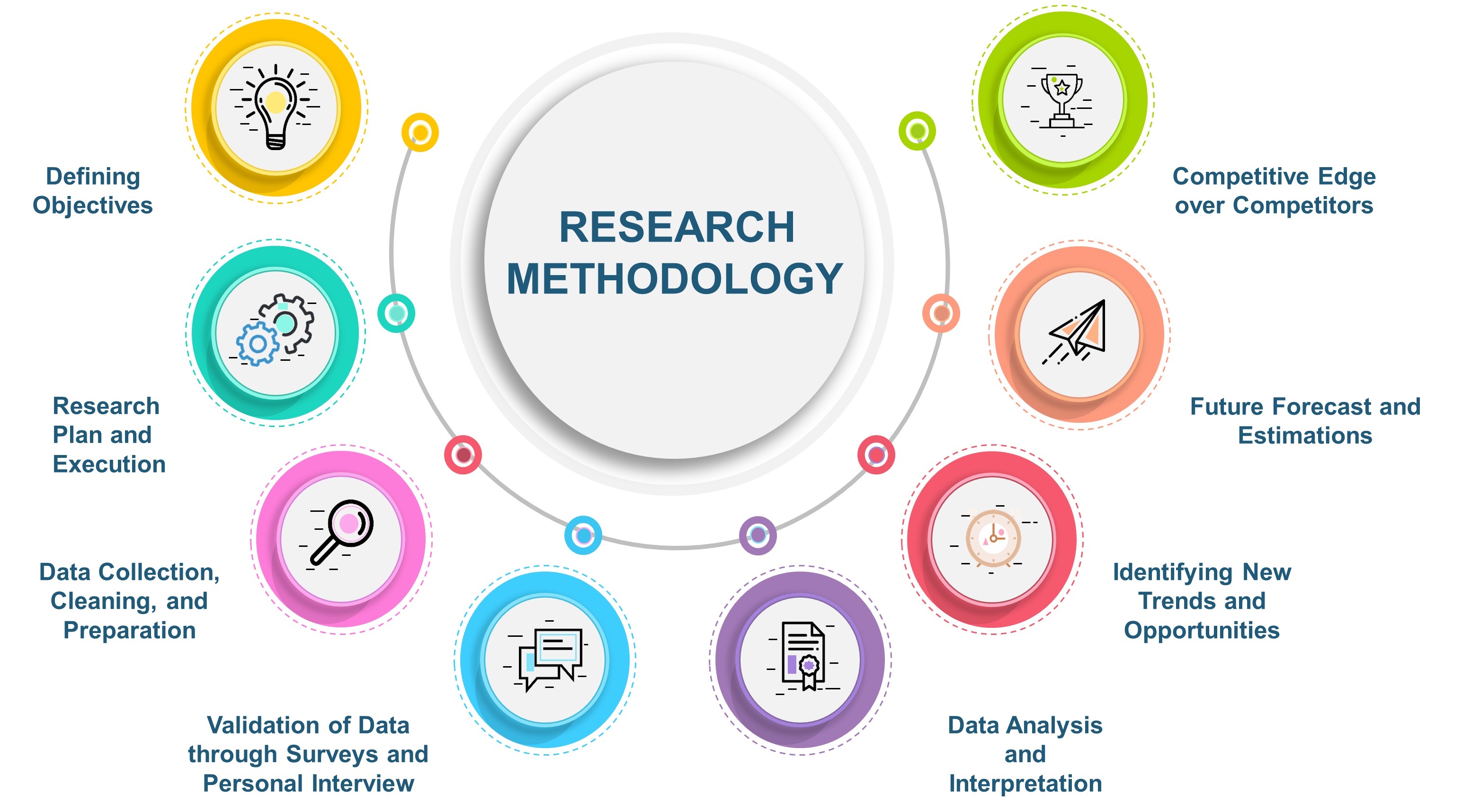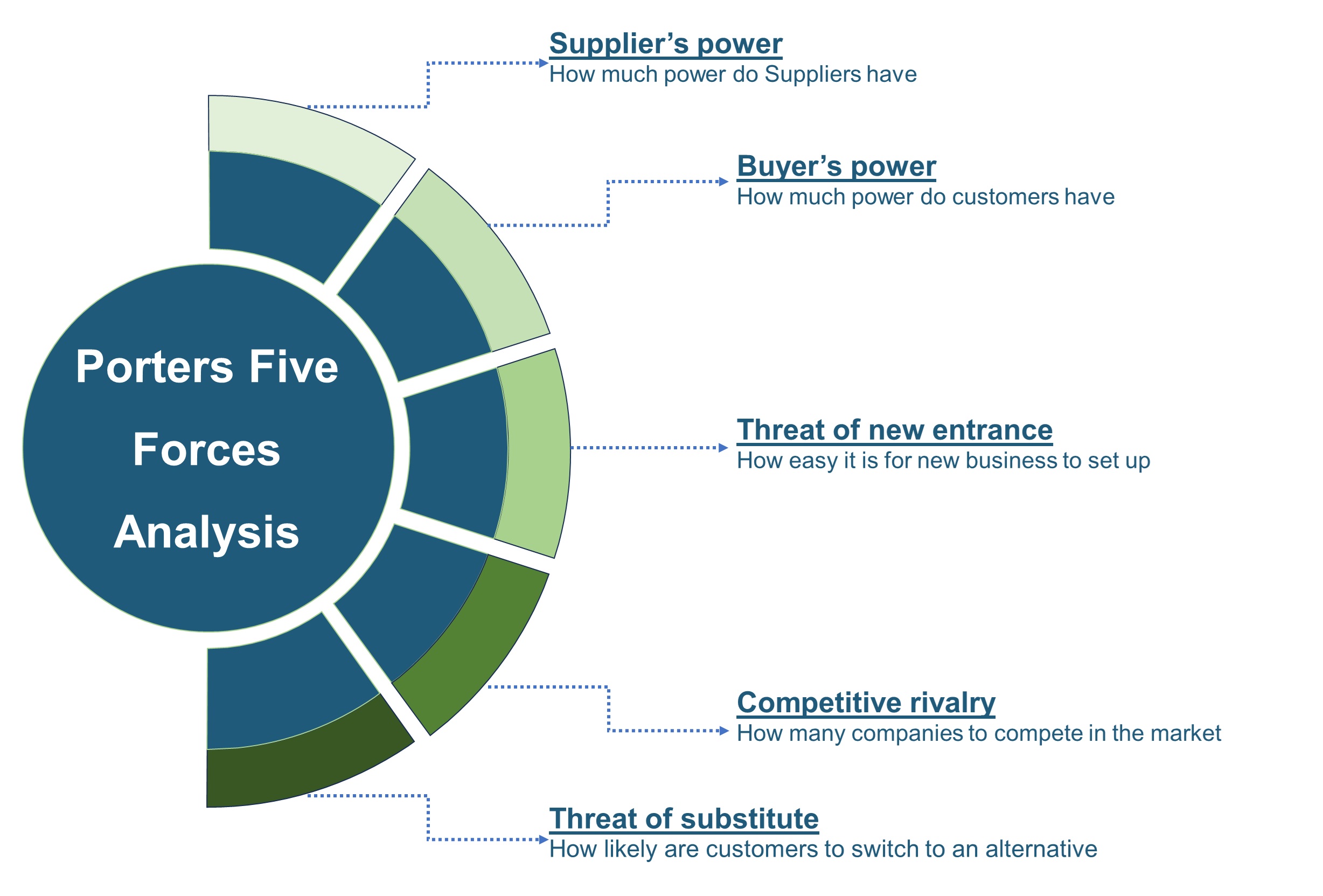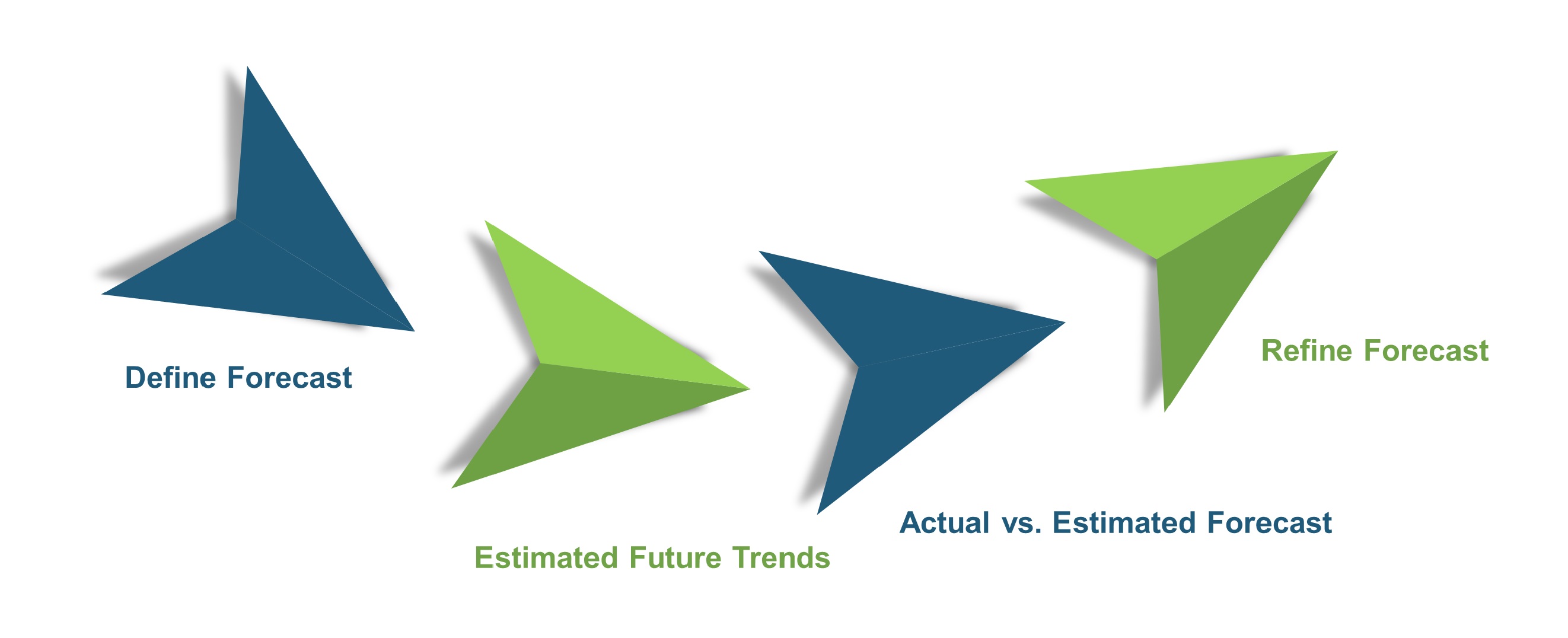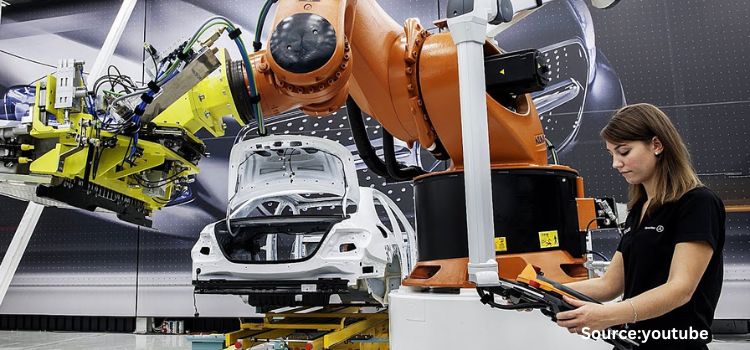
Blind Spot View Monitor Market by Type (Radar-Based, Camera-Based, and Ultrasonic Sensor-Based), by Product Type (Blind Spot Detection System, Park Assist System, Backup Camera System, and Surround View System), by Vehicle Type (Passenger Vehicle, Commercial Vehicle, and Electric Vehicle), and by Sales Channel (OEMs and Aftermarket) – Global Opportunity Analysis and Industry Forecast, 2025 – 2030
US Tariff Impact on Blind Spot View Monitor Market
Trump Tariffs Are Reshaping Global Business
Blind Spot View Monitor Market Overview
The global Blind Spot View Monitor Market size was valued at USD 18.64 billion in 2024 and is predicted to reach USD 36.28 billion by 2030 with a CAGR of 11.7% from 2025-2030.
Factors such as increase in vehicle adoption along with adoption of ADAS and rise in road traffic accidents drives the market growth. However, high cost associated with implementation of this monitors hinders growth of this sector. On the contrary, integration of artificial intelligence offers promising growth opportunities for the market.
Besides, top players such as Robert Bosch GmbH, Sensata Technologies, Inc. and others are adopting steps including launch of new products to mark their presence in the industry. This system provides safe driving experience by lowering the probability of accidents that makes them an essential feature in modern vehicles.
Rise in Vehicle Adoption Drives the Blind Spot View Monitor Market Growth
Increase in the adoption of vehicles throughout the world fuels demand for the blind spot view monitor as buyers emphasize safety features that provide better visibility and reduce the risk of accidents.
The International Energy Agency specified that the global car sale increased from 72.8 million in 2022 to 76.6 million in 2023 marking a rise of 5%. This rise in vehicle demand underlines the increasing importance of blind spot detection system to improve safety and reduce accidents.
Adoption of ADAS Boosts the Blind Spot View Monitor Market Demand
The greater adoption of advanced driver assistance systems is increasing the demand for rearview camera system, as they improve detection accuracy and visibility. These systems use advanced sensors and cameras to improve the driver’s visibility and confidence in detection of the blind spots of the vehicle.
As an illustration, the Toyota Mirai in March 2024 introduced numerous advanced technology elements such as blind spot monitor and panoramic view monitor to its electric sedan, that provided elevated safety and driving convenience. The growth of ADAS technology is an essential way to improve road safety.
Increase in Road Traffic Accidents Fuels the Blind Spot View Monitor Market Expansion
The increase in road traffic accidents worldwide is fueling the blind spot view monitor industry as demand for advanced safety features that improve vehicle visibility and minimize the risk of collisions is growing, causing manufacturers to install these monitors in vehicles.
As per the World Health Organization 2023 data around 1.2 million people die every year due to traffic accidents. Such growing toll highlights the rising number of casualties on roads and increases the necessity for improved safety innovations addressing associated risks.
High Cost Related with its Integration Restricts Market Growth
High cost associated with the implementation of these side-view monitors limits its adoption in small and medium range vehicle segments that ultimately hinders the overall market growth.
Incorporation of Artificial Intelligence Creates Future Opportunity
Integration of artificial intelligence is expected to create growth opportunity for the blind spot view monitor market trends in the near future. The AI intelligent detection camera identifies pedestrians, cyclists and vehicles in the blind spot and provide real-time visual and audio alerts to remind drivers of potential risks.
For instance, in September 2024, Gauzy created an AI-powered ADAS for commercial trucks especially the smart vision camera monitor system to enhance blind spot visibility. This advanced functionality enhances driver awareness reducing accidents that makes vehicles equipped with such systems more appealing to safety conscious buyers.
Market Segmentation and Scope of the Study
The blind spot view monitor market report is segmented on the basis of type, product type, vehicle type, sales channel, and region. On the basis of type, the market is segmented into radar-based, camera-based, and ultrasonic sensor-based. On the basis of product type, the market is divided into blind spot detection system, park assist system, backup camera system, and surround view system. On the basis of vehicle type, the market is classified into passenger vehicle, commercial vehicle, and electric vehicle. On the basis of sales channel, the market is divided into OEMs and aftermarket. The regional breakdown includes regions such as North America, Europe, Asia-Pacific, and the Rest of the World (RoW).
Geographical Analysis
North America dominates the blind spot view monitor market share and is predicted to continue its superiority during the forecast year. This is due to strict government regulations to enhance the safety of vehicles that increases the demand for radar and sensor technology to comply with regulations and improve overall vehicle safety.
For example, the National Highway Traffic Safety Administration in the United States mandates safety standards and develops novel technologies aimed at vehicle safety that rely on blind spot view detection systems that improve drivers' awareness of vehicles to reduce accident risk. This safety regulations promote the larger trend in blind spot detection systems.
Furthermore, rising adoption of vehicles drives the blind spot view monitor market due to increased consumer demand for advanced safety features. This monitor betters the driver awareness by providing visibility to prevent accidents during lane changes. The International Energy Agency specified that car sales in Canada increased from 1.2 million in 2022 to 1.3 million in 2023 marking an 8% growth from the previous year.
Additionally, latest report by Statistics, Canada notified that truck sales in Canada rose from 1.3 million in 2022 to 1.5 million in 2023 reflecting a 15% growth over just one-year duration. This surge in vehicle sales underlines the growing importance of blind spot view monitor in refining safety features for larger vehicles.
On the other side, Asia-Pacific shows steady rise in the blind spot detection system sector fueled by wide investments in research and development within the automotive sector. This R&D drive maker to innovate and develop advanced safety technologies including blind spot detection systems that improve visibility and reduce collision risks.
As per recent report from the Invest India, India accounts for 40% of global engineering and R&D spending, totaling USD 31 billion, with approximately 8% of the country’s R&D expenditure is allocated to the automotive sector. This focus on R&D establishes Asia-Pacific as a leader in advancing blind spot view monitoring technologies, enhancing vehicle safety and innovation in the automotive sector.
Also, technological advancements in blind spot view monitor including smartsense level 2 ADAS in vehicles fuel the market in this region due to increased demand for enhanced safety features and improved visibility.
For instance, in September 2024 Hyundai outfitted the Alcazar SUV with its cutting-edge technologies including SmartSense level 2 ADAS equipped with safety features including smart cruise control and blind spot detection system. As a result, these advancements increase driver awareness of the areas in the vehicles blind spots and improve safety when changing lanes and turns.
Competitive Landscape
Various market players operating in the blind spot view monitor industry are Robert Bosch GmbH, Sensata Technologies, Inc., Valeo Group, Cyient, HELLA GmbH & Co. KGaA, Mingshang Technology Co., Ltd., Continental AG, Aptiv Plc, NXP Semiconductors N. V., ZF Friedrichshafen AG, Hyundai Mobis, Gentex Corporation, OYI Electronic, Candid, MCY Technology Limited, and others. These companies continue to adopt various strategies including product launches and partnerships to maintain their dominance in the sector.
For instance, Sensata Technologies launched the preview Sentry79 a next-generation radar sensor for take-off and reverse blind spot monitoring in heavy vehicles in October 2024. It provides information to drivers about objects in their blind spots in actual time, greatly reducing the chances of collisions while lane change.
Also, in February 2023 NXP Semiconductors created new S32R41 radar processor to expand ADAS and offer support for Level 2 autonomous driving. This processor develop high magnification radar systems for commercial vehicles to enhance safety features such as blind spot information systems that aid drivers in avoiding collisions with cyclists and pedestrians.
Key Benefits
-
The report provides quantitative analysis and estimations of the blind spot view monitor industry from 2025 to 2030, which assists in identifying the prevailing market opportunities.
-
The study comprises a deep-dive analysis of the current and future blind spot view monitor industry trends to depict prevalent investment pockets in the market.
-
Information related to key drivers, restraints, and opportunities and their impact on the blind spot view monitor market is provided in the report.
-
Competitive analysis of the players, along with their market share is provided in the report.
-
SWOT analysis and Porters Five Forces model is elaborated in the study.
-
Value chain analysis in the market study provides a clear picture of roles of stakeholders.
Blind Spot View Monitor Market Key Segments
By Type
-
Radar-Based
-
Camera-Based
-
Ultrasonic Sensor-Based
By Product Type
-
Blind spot detection system
-
Park assist system
-
Backup camera system
-
Surround view system
By Vehicle Type
-
Passenger Vehicle
-
Commercial Vehicle
-
Electric Vehicle
By Sales Channel
-
OEMs
-
Aftermarket
By Region
-
North America
-
The U.S.
-
Canada
-
Mexico
-
-
Europe
-
The UK
-
Germany
-
France
-
Italy
-
Spain
-
Denmark
-
Netherlands
-
Finland
-
Sweden
-
Norway
-
Russia
-
Rest of Europe
-
-
Asia-Pacific
-
China
-
Japan
-
India
-
South Korea
-
Australia
-
Indonesia
-
Singapore
-
Taiwan
-
Thailand
-
Rest of Asia-Pacific
-
-
RoW
-
Latin America
-
Middle East
-
Africa
-
Key Players
-
Robert Bosch GmbH
-
Sensata Technologies, Inc.
-
Valeo Group
-
Cyient
-
HELLA GmbH & Co. KGaA
-
Mingshang Technology Co., Ltd.
-
Continental AG
-
Aptiv Plc
-
NXP Semiconductors N.V.
-
ZF Friedrichshafen AG
-
Hyundai Mobis
-
Gentex Corporation
-
OYI Electronic
-
Candid
-
MCY Technology Limited
REPORT SCOPE AND SEGMENTATION:
|
Parameters |
Details |
|
Market Size in 2024 |
USD 18.64 Billion |
|
Revenue Forecast in 2030 |
USD 36.28 Billion |
|
Growth Rate |
CAGR of 11.7% from 2025 to 2030 |
|
Analysis Period |
2024–2030 |
|
Base Year Considered |
2024 |
|
Forecast Period |
2025–2030 |
|
Market Size Estimation |
Billion (USD) |
|
Growth Factors |
|
|
Countries Covered |
28 |
|
Companies Profiled |
15 |
|
Market Share |
Available for 10 companies |
|
Customization Scope |
Free customization (equivalent up to 80 working hours of analysts) after purchase. Addition or alteration to country, regional, and segment scope. |
|
Pricing and Purchase Options |
Avail customized purchase options to meet your exact research needs. |

















 Speak to Our Analyst
Speak to Our Analyst





















